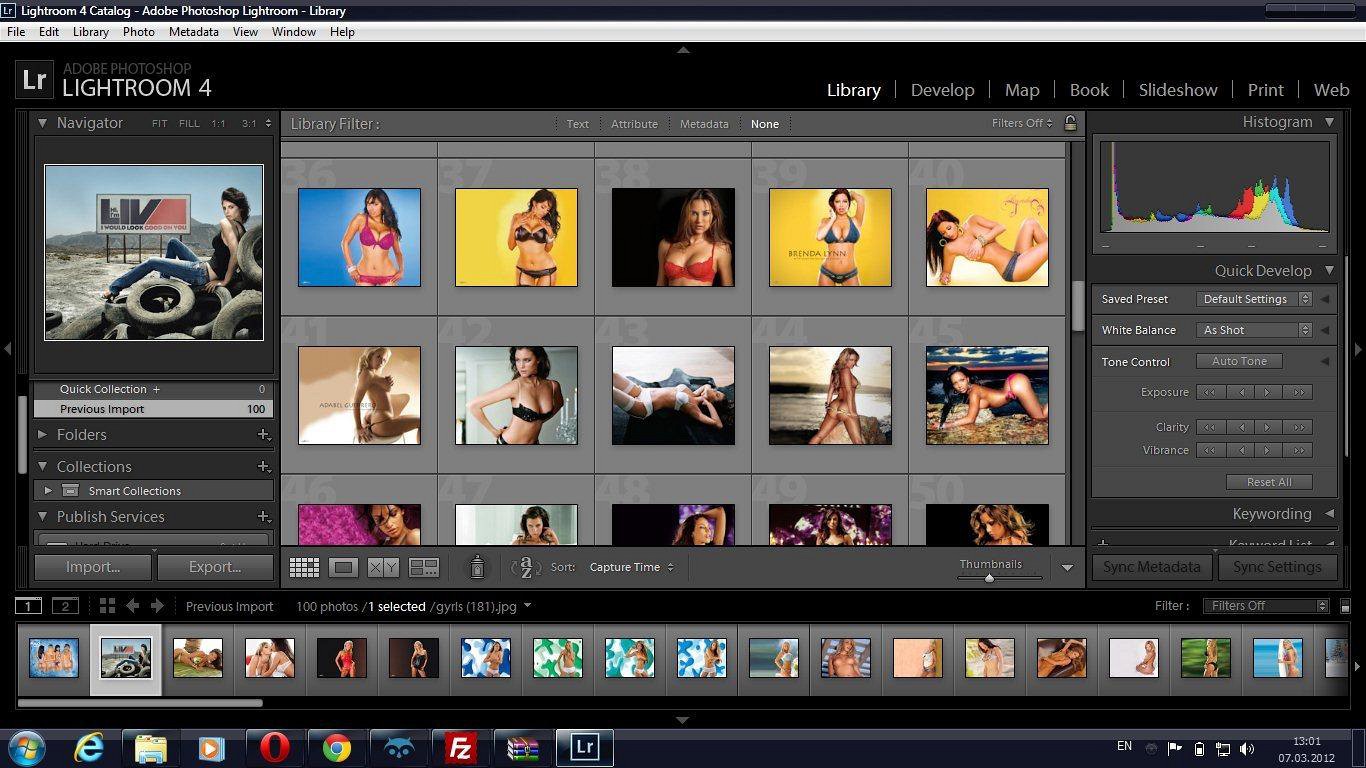

When I first started experimenting with radial filters, I mainly used them to slightly darken the areas around my subject, and I still love it for this purpose.īy making a large circle and keeping my feather up in the 90s, the desired effect will be much more natural looking and a lot less noticeable. To place your effects inside the circle, make sure to check the Invert Mask box. Keep in mind that you can place your effects inside the circle/oval or outside of it. Next, go to your image and click and drag a circle or oval around the section where you are wanting the effects to take place. Want to decrease your shadows but bring up the highlights a bit? You got it! Want to increase exposure and clarity? No problem! The great thing here is that you’re not limited to just one select as many as you like. To use the radial filter, make sure it is selected and then simply choose your effect. It’s indicated by a circle and it is found between the Adjustment Brush and the Graduated Filter. Lightroom’s radial filter can be found in the Develop module towards the top right of your screen. They shouldn’t be that intimidating, right? It was then that I met my true love, the radial filter. However, it wasn’t long before I started to get a little curious about what all those other mysterious tools could do for my photos. There was no venturing off into the Effects Panel or dabbling in Split Toning. When I first began my journey in post processing, I learned the basics and I steadfastly stuck to them. This handy little tool can do all the things.

The radial filter has my heart, but my love is justified. The love I have for all the panels and filters and brushes in Lightroom is equal, just as the love I have for my children is equal.


 0 kommentar(er)
0 kommentar(er)
